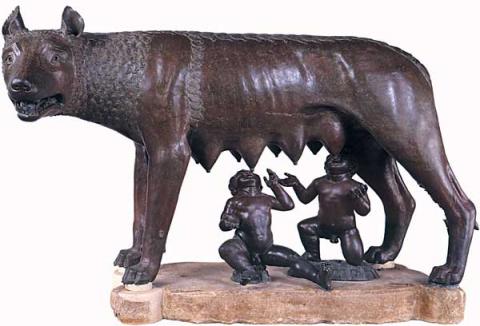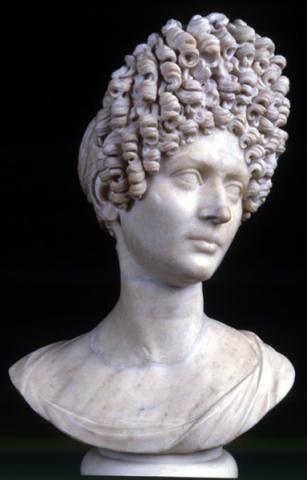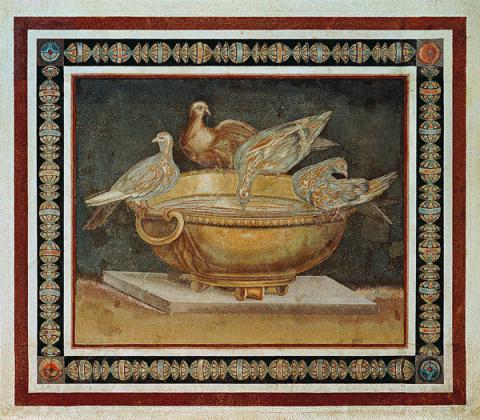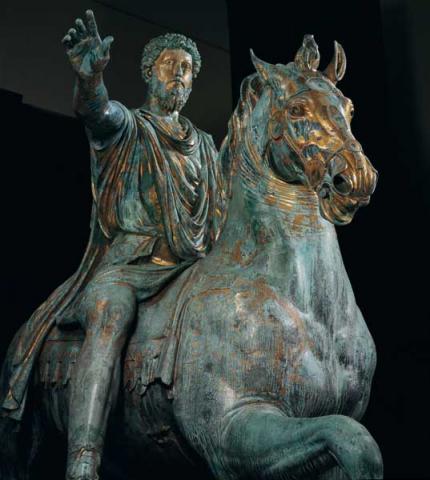City walls, roads and houses
The walls surrounding the so-called Servian city probably ran round the top of the hill in its north-western sector near Campus Martius, going up from the Forum Boarium near the Tiber and running towards the Quirinal along the saddle which Trajan subsequently cut into in order to construct his own Forum.
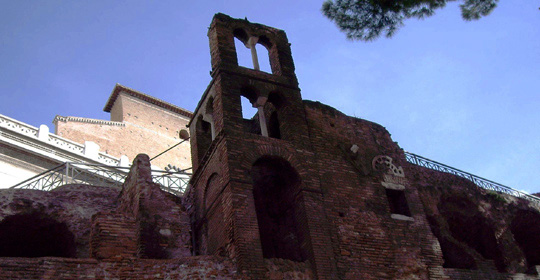
Remains of the first cappellaccio city wall from the VI century BC and of blocks of Grotta Oscura tufa-stone from the IV century BC phase have been discovered in a number of places.
The names of three gateways in this section of the city wall have been handed down to us, although their exact position is by no means clear: Porta Carmentalis (near the Tiber), Porta Flumentana (maybe near Campus Martius) and Porta Ratumena (near the Quirinal).
The Clivus Capitolinus climbed up the Capitoline from the Roman Forum; this was the thoroughfare used for triumphal parades by victorious generals on their way to the Temple of Jupiter on the Capitoline.
The lower part started its route near the Temple of Saturn - part of the central section is still used by traffic and joins the Roman Forum to the Capitoline.
The remains of the road that climbed away from the Campus Martius in the deep valley between the two heights of the Capitoline Hill have been found. It was lined with buildings in brick and tufa-stone with travertine marble corbels supporting the balconies, the remains of some of which are still preserved under the piazza itself.
Other places on the hill could only be reached by flights of steps: Centum gradus, Gradus Monetae and Scalae Gemoniae.
A number of residential buildings sprung up around the Capitoline hill during the Imperial Age, especially on the north-western side and on the slopes, as can be seen by the 5-storey block (insula) dating from the II century AD which can still be seen near the Aracoeli steps.


























